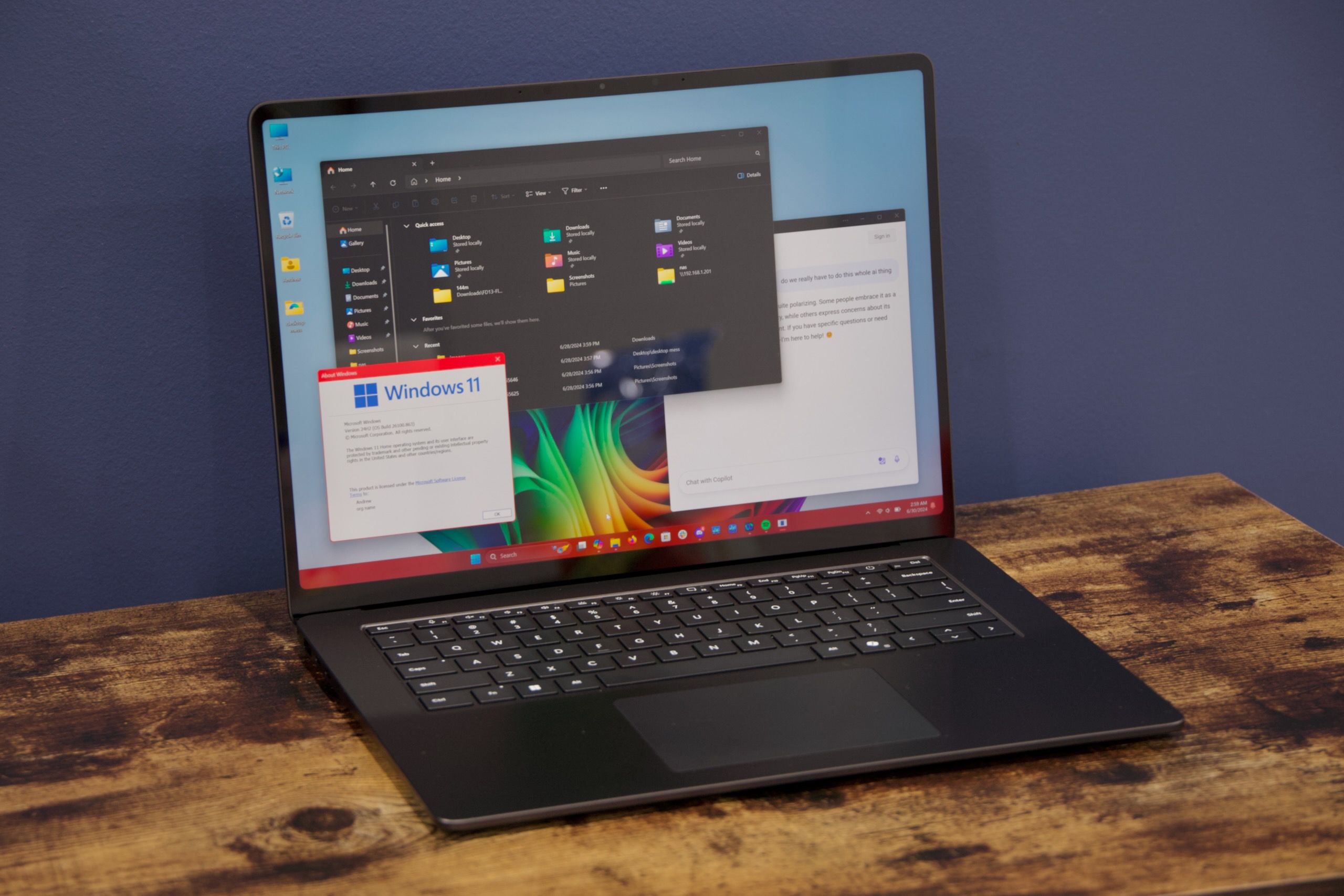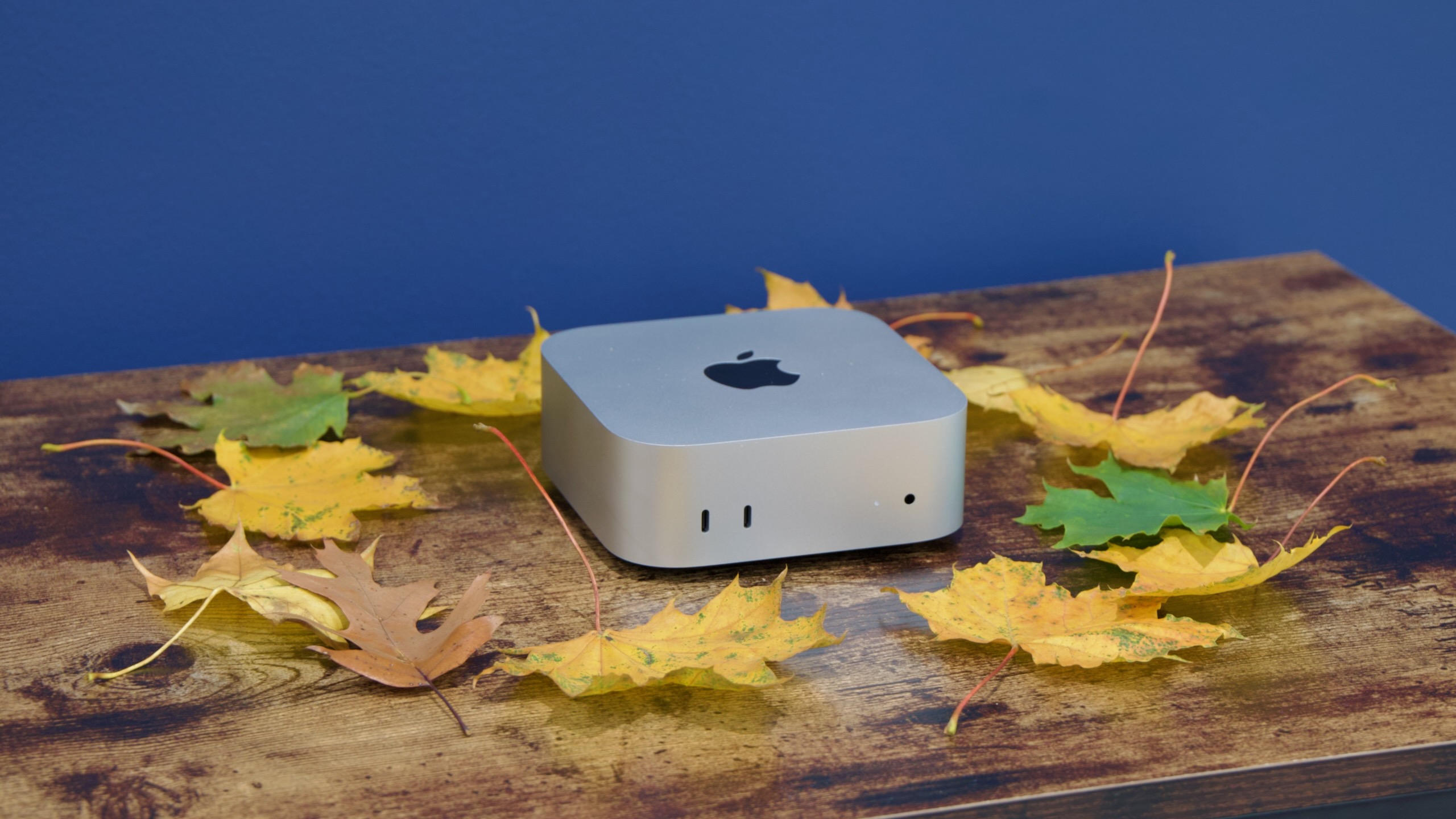Op-ed: AI has been a cure for $1,600 computers that start with 8GB of memory.

Credit: Microsoft
I’d describe myself as a skeptic of the generative AI revolution—I think the technology as it currently exists is situationally impressive and useful for specific kinds of tasks, but broadly oversold. I’m not sure it will vanish from relevance to quite the extent that other tech fads like the metaverse or NFTs did, but my suspicion is that companies like Nvidia and OpenAI are riding a bubble that will pop or deflate over time as more companies and individuals run up against the technology’s limitations, and as it fails to advance as quickly or as impressively as its most ardent boosters are predicting.
Maybe you agree with me and maybe you don’t! I’m not necessarily trying to convince you one way or the other. But I am here to say that even if you agree with me, we can all celebrate the one unambiguously positive thing that the generative AI hype cycle has done for computers this year: the RAM floor for many PCs and all Macs is now finally 16GB instead of 8GB.
Companies like Apple and Microsoft have, for years, created attractive, high-powered hardware with 8GB of memory in it, most egregiously in $1,000-and-up putative “pro” computers like last year’s $1,599 M3 MacBook Pro or the Surface Pro 9.
Ars Video
How Scientists Respond to Science Deniers
This meant that, for the kinds of power users and professionals drawn to these machines, that their starting prices were effectively mirages; “pay for 16GB if you can” has been my blanket advice to MacBook buyers for years now, since there’s basically no workload (including Just Browsing The Web) that won’t benefit at least a little. It also leaves more headroom for future software bloat and future hobby discovery. Did you buy an 8GB Mac, and then decide you wanted to try software development, photo or video editing, CAD design, or Logic Pro? Good luck!

This wouldn’t have been as big an issue in another era of computing, where people could add more memory after the fact if they discovered they needed it later. But soldered-down memory is the norm in most systems, which means paying whatever manufacturers want for RAM up-front, and that you need to guess how much RAM you’ll need to stay happy with your system over its entire useful life. Some PC makers would also bundle RAM upgrades with CPU and storage upgrades, imposing hundreds of dollars worth of price increases on people who just wanted more memory. And as someone who has reviewed hardware for years, I’ll tell you that the review samples we get from companies are basically never the entry-level models, helping to obscure the shortcomings of the cheaper versions.
AI to the rescue?
Microsoft’s Copilot+ program was announced in May, with the promise of additional locally processed generative AI features that went above and beyond the Copilot chatbot that Microsoft has been pushing aggressively (and changing constantly) for the last two years. To meet the requirements for Copilot+ label and the marketing push behind it, PCs must have a recent high-end processor, at least 16GB of memory, and at least 256GB of storage. The flagship Copilot+ PC—Microsoft’s Surface Pro X—has a higher starting price is higher than the Surface Pro 9’s (at least when it’s not on sale, which it currently is), but you can at least buy it confident that you’ll get a decently capable and future-proof PC.
Apple’s face-turn on the RAM question—its first bump to the Mac’s base amount of RAM in 12 years—didn’t come tied to any specific feature. All of the Apple Intelligence stuff that has been announced or released so far will work on Macs, iPads, and iPhones with just 8GB of RAM (one Xcode feature briefly required 16GB of RAM over the summer, but Apple dropped that requirement). But the across-the-board upgrade to 16GB came alongside the first wave of Apple Intelligence features, which were all featured prominently in all of Apple’s marketing materials for the new models.

It does at least seem likely, then, that Apple is laying the groundwork for future AI-powered features that either work exclusively on Macs with more RAM, or work best on Macs with more RAM. Whatever the reason, something that had been a flat $200 upgrade to any Mac for years and years was suddenly included in the base price, lowering the prices for all other RAM upgrades by $200 as well.
The reason I like a RAM upgrade is that it’s broadly useful even if you actively dislike generative AI and plan to try as hard as you possibly can to keep it off of your computers entirely. Adding a better GPU is of limited usefulness if you don’t play games; making a CPU faster is likewise not super necessary if all you’re doing is browsing or doing hobbyist-level content creation; adding an NPU to a system does basically nothing at all for the vast majority of users at this point. But adding more memory to your system will help with everything you do, even if you’re just loading a bunch of basic-but-RAM-hungry web apps and modern webpages in a browser.
The 8GB-to-16GB bump doesn’t fix things at the low end of the PC market, where most PCs still come with 8GB of memory (and some of the cheapest still come with 4GB). But it is now somewhat less likely that I will buy a $1,200 computer with the same memory capacity as a $500 computer. Given the proliferation of ads, spammy notifications, and other signs of endemic platform rot that Windows users in particular have been dealing with the last few years, I believe this is the kernel of good that comes with the pile of bad.





